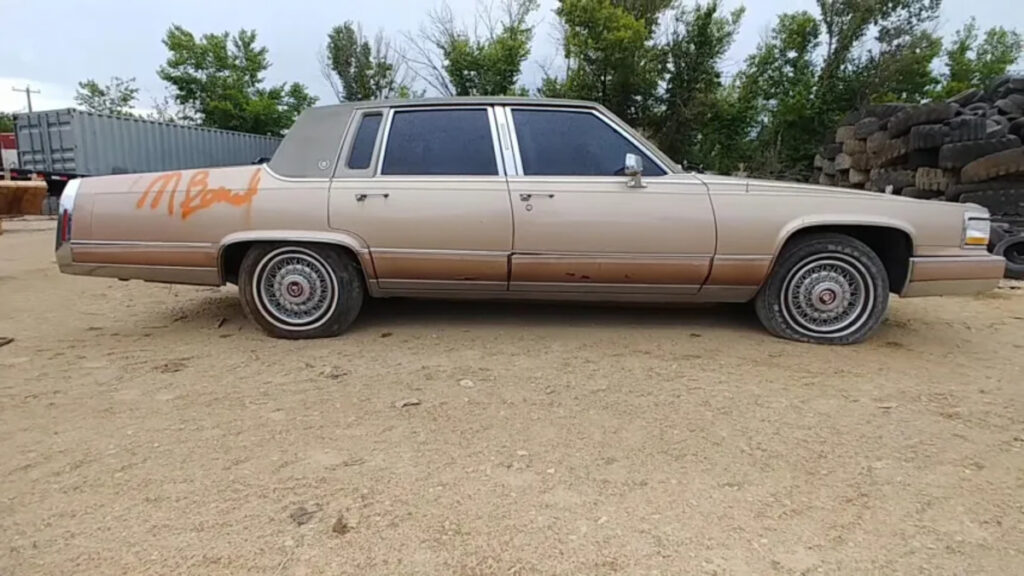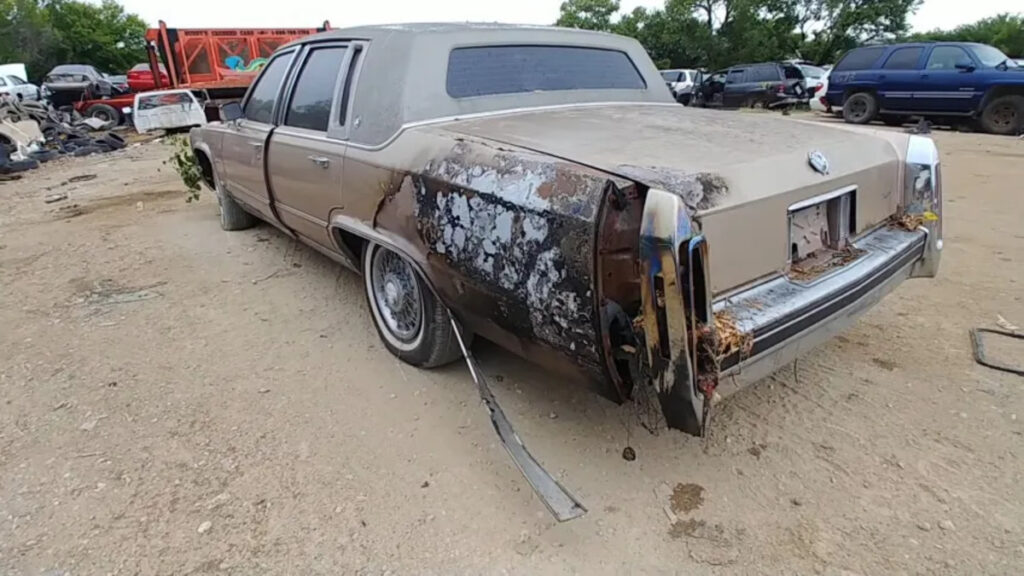The name Brougham has long been synonymous with American automotive luxury, adorning various cars over the years, from the modest Plymouth Valiant to the prestigious Lincolns and Cadillacs. Originally derived from a custom horse-drawn carriage for British Lord Henry Peter Brougham in the 1830s, the name evolved with the times. It became a hallmark of opulence as coachbuilders transitioned to creating bodies for horseless carriages in the late 19th and early 20th centuries. By the mid-20th century, it was America that carried the Brougham legacy forward, and Cadillac was the brand that epitomized this luxurious tradition.
Cadillac: The Epitome of American Luxury

Cadillac, once known as the standard of luxury cars worldwide, was the perfect brand to carry the Brougham name. The Cadillac Brougham represented the pinnacle of American car manufacturing, and its final iteration marked the end of an era. In 1987, General Motors split the Fleetwood Brougham line into two series: the Brougham and the Fleetwood. The Brougham was the quintessential luxury car, featuring a large V8 engine, rear-wheel drive, and a classic American design that harkened back to a bygone era.
In its debut year as a standalone model, Cadillac produced 65,500 Broughams. However, by 1993, production had dwindled to just 13,700 units. The decline was swift, and Cadillac eventually discontinued the Brougham, signaling the end of a car-building philosophy that emphasized size, power, and traditional craftsmanship.
A Forgotten Classic in Texas

The Cadillac Brougham embodied the American car stereotype: a massive, powerful vehicle with a V8 engine, rear-wheel drive, and a body-on-frame construction. Today, one such classic sits abandoned in Little John’s Wrecking Yard in Fort Worth, Texas. The digital odometer is blank, but Benny Sanchez from Classic Ride Society discovered it has 119,000 miles on it.
In the 1990s, as large V8 engines fell out of favor, this particular Brougham was equipped with a 307-cubic-inch V8 sourced from Oldsmobile. Although a 5.0-liter engine was modest by Cadillac standards—especially compared to the 8.2-liter engines of the 1970s—it produced 140 horsepower and 255 lb-ft of torque, making it a capable long-distance cruiser. The four-speed automatic transmission with overdrive and a 2.73 rear axle ratio made it ideal for road trips.
A Glimpse of Its Former Glory
Despite its age, this Brougham is in surprisingly good condition, considering it spent much of its life in Florida. Normally, the salty air would corrode a car’s body, but this one has been well-preserved, likely due to being garaged and regularly maintained. The only significant damage is a superficial burn on the rear left fender.
In 1990, Cadillac produced 33,700 Broughams, but by then, the model’s old-fashioned styling and outdated technology were leading to its decline. Safety features were minimal, with no airbags and seatbelts mounted on the doors, reflecting its antiquated design.
Is It Worth Saving?
This Cadillac Brougham, with its pristine leather interior and overall solid condition, still holds a charm that harks back to a time when owning such a car was a symbol of success. But with its history of technological obsolescence and changing consumer preferences, one has to wonder if it has enough classic appeal to be restored and cherished or if it’s destined for the scrapyard.
As this once-majestic car sits waiting, it symbolizes more than just an abandoned vehicle—it’s a reminder of an era of American automotive history that valued grandeur and luxury. Will someone rescue it and restore it to its former glory, or will it be left to decay, a relic of a bygone age?

